Walid (armored personnel carrier)
| Walid | |
|---|---|
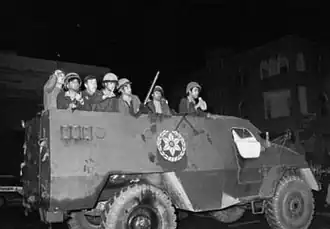 Walid armored personnel carrier used by Israeli security forces, 1970s. | |
| Type | Armoured personnel carrier |
| Place of origin | |
| Service history | |
| Used by | See operators |
| Wars | |
| Production history | |
| Designer | El Nasr Automotive Manufacturing Company |
| Manufacturer | Kader Factory for Developed Industries |
| Produced | late 1960s−1980s |
| No. built | 2,000+ |
| Specifications | |
| Mass |
|
| Length | 6.12 m (20.1 ft) |
| Width | 2.57 m (8 ft 5 in) |
| Height | 2.3 m (7 ft 7 in) |
| Crew | 2 |
| Passengers | 8−10 |
| Armor | Steel |
Main armament | 1× 7.62 mm machine gun |
| Engine | Diesel 168 hp (125 kW) |
| Payload capacity | 2,800 kg (6,200 lb) |
| Drive | 4×4 |
Operational range | 2,000 km (1,200 mi) |
| Maximum speed |
|
| References | [1][2] |
The Walid is an Egyptian wheeled armored personnel carrier (APC). It entered production in 1960 and was first deployed by the Egyptian Army during the Six-Day War.[3]
Description
The Walid is an open-topped armored APC. The armor is all-welded steel with the diesel engine at the front, driver and commander sitting at the armoured cab and the troop compartment at the rear. The cab have two armoured shutters that can be lowered when necessary. The troop compartment have three observation/firing ports on each side with an extra two at the rear on either sides of the spare wheel and tire, which are carried on the door. A pintle mounted 7.62 mm machine gun is mounted at the top of the hull.[2]
Based on a German-designed chassis built under licence from Magirus-Deutz, the Walid's armored body was designed and built by the El Nasr Automotive Manufacturing Company while assembly was carried on by the Kader Factory for Developed Industries.[1]
Variants
- Walid 2 − An improved variant introduced in 1981 based on a Mercedes-Benz chassis, a high-performance, fully armored version.[2]
- Minelayer − Equipped with minelaying chute attached to the troop compartment door.[2]
History
In the early 1960s, Egypt began to reproduce and reverse engineer a number of Soviet weapons designs.[3] The Walid marked one of Egypt's first attempts at reproducing or adapting Soviet military hardware using Western technology.[4] It was designed by civilian engineers at a Nasr Automotive facility in Helwan[5] and modeled directly on the BTR-40, an early postwar Soviet wheeled APC.[4] The Walid combined the hull designs of the BTR-40 and its larger successor, the BTR-152, with the chassis of a 4X4 Magirus utility truck manufactured under license by the Kader Factory.[3] The sides of the Walid's hull were also sloped, unlike the flat sides of the BTR-40's hull, for improved ballistic protection.[3] Production of the Walid continued with very little variation to the original design until 1981, when Kader began manufacturing the vehicle chassis with slightly different Mercedes-Benz automotive components.[3]
Egypt deployed the Walid during the Six-Day War.[3] Small numbers were captured and pressed into service by the Israel Defense Forces (IDF) in the wake of that conflict.[6] The Walid was replaced in front-line service with the Egyptian Army by the Kader Fahd during the 1980s.[3] However, it continued to see active service with various paramilitary divisions of the Egyptian Ministry of Interior.[7]
Iraq deployed the Walid during the Gulf War.[8]
Operators
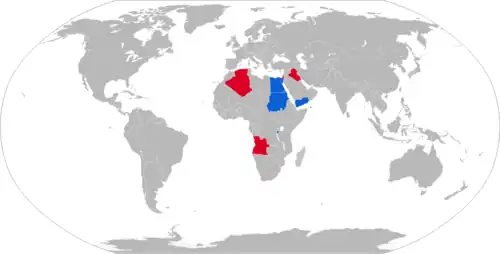
Current operators
 Burundi − Ordered in 1981 from Egypt and delivered in 1982.[9] 6 were in service in 2024.[10]
Burundi − Ordered in 1981 from Egypt and delivered in 1982.[9] 6 were in service in 2024.[10]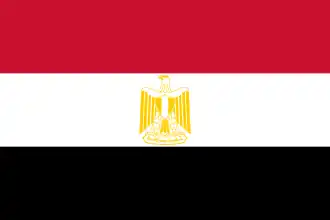 Egypt − ~250 in service with the Ministry of Interior, and Central Security Forces.[7] The Egyptian Army is also in possession of another 650 vehicles, possibly with second-line units.[10]
Egypt − ~250 in service with the Ministry of Interior, and Central Security Forces.[7] The Egyptian Army is also in possession of another 650 vehicles, possibly with second-line units.[10]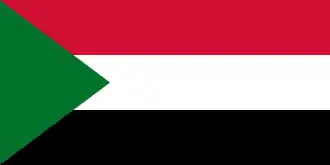 Sudan − 104 were ordered between 1981 and 1986.[9][10]
Sudan − 104 were ordered between 1981 and 1986.[9][10] Yemen − Inherited from North Yemen.[11]
Yemen − Inherited from North Yemen.[11]
Former operators
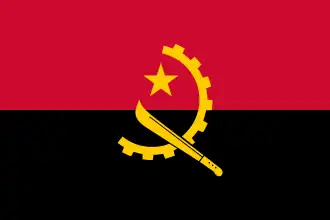 Angola − Egyptian aid; some saw service during the Angolan Civil War, delivered in late 1975 or 1976.[12]
Angola − Egyptian aid; some saw service during the Angolan Civil War, delivered in late 1975 or 1976.[12] Algeria – 20 delivered in 1978.[9]
Algeria – 20 delivered in 1978.[9]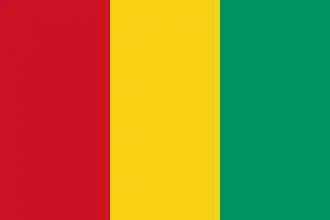 Guinea[1]
Guinea[1]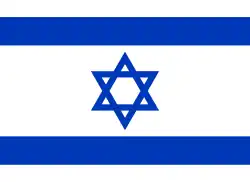 Israel − ~50 Captured from Egypt.[13]
Israel − ~50 Captured from Egypt.[13]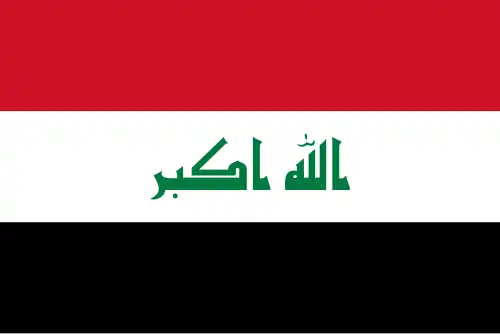 Iraq – 100 were ordered in 1979 and delivered in 1980.[9]
Iraq – 100 were ordered in 1979 and delivered in 1980.[9] North Yemen − 20 were ordered in 1974 and delivered in 1975.[9]
North Yemen − 20 were ordered in 1974 and delivered in 1975.[9]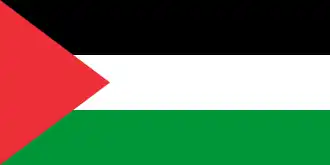 Palestine Liberation Organization[13]
Palestine Liberation Organization[13]
References
- ^ a b c Sayigh 1992, p. 82.
- ^ a b c d Foss 2011, p. 530.
- ^ a b c d e f g Christopher F. Foss (2001). Jane's Armour and Artillery (2002 ed.). Macdonald and Jane's Publishers Ltd. p. 446. ISBN 978-0710623096.
- ^ a b McDermott, Jacques (1988). Egypt from Nasser to Mubarak: A Flawed Revolution, Volume Three. Abingdon, Oxon: Routledge. p. 172. ISBN 978-1135091156.
- ^ Brzoska, Michael; Ohlson, Thomas (1986). Arms Production in the Third World. London: Taylor & Francis. p. 116. ISBN 978-0850663419.
- ^ Cordesman, Anthony (October 2016). After The Storm: The Changing Military Balance in the Middle East. London: Bloomsbury Publishing. pp. 112–124, 701. ISBN 978-1-4742-9256-6.
- ^ a b Cordesman, Anthony (30 September 2004). The Military Balance in the Middle East. Westport: Praeger. p. 186. ISBN 978-0275983994.
- ^ Jacobson 1991, p. 35.
- ^ a b c d e "Trade Registers". Armstrade.sipri.org. Archived from the original on 2010-04-14. Retrieved 2013-06-20.
- ^ a b c International Institute for Strategic Studies (2024). The Military Balance 2024. Taylor & Francis. p. 484. ISBN 978-1-040-05115-3.
- ^ Christopher F. Foss (2000). Jane's Tanks and Combat Vehicles Recognition Guide (2000 ed.). Harper Collins Publishers. p. 252. ISBN 978-0004724522.
- ^ Fontanellaz, Adrien. War of Intervention in Angola Volume 2: Angolan and Cuban Forces at War 1976 - 1983. Helion&Co.
- ^ a b Christopher F. Foss (1976). Jane's World Armoured Fighting Vehicles (1976 ed.). Macdonald and Jane's Publishers Ltd. p. 204. ISBN 0-354-010220.
Bibliography
- Foss, Christopher F, ed. (2011). Jane's armour and artillery 2011-2012 (32 ed.). Coulsdon: IHS Jane's. ISBN 978-0-7106-2960-9.
- Jacobson, Michael R. (January–February 1991). Garland, Albert N. (ed.). "Iraqi Infantry". Infantry. 81 (1). Fort Benning, GA: U.S. Army Infantry School: 33–37. ISSN 0019-9532. Retrieved 21 April 2025.
- Sayigh, Yezid (1992). Arab Military Industry: Capability, Performance and Impact (1st ed.). London: Brassey's and Centre for Arab Unity Studies. ISBN 978-0-08-041777-6. OL 9266916M.